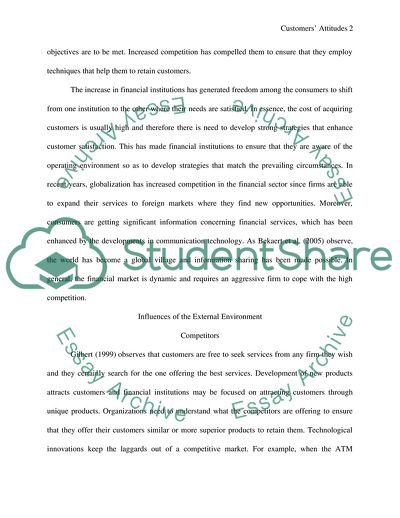Cite this document
(Forces of Financial Services Sector Competitiveness Coursework, n.d.)
Forces of Financial Services Sector Competitiveness Coursework. https://studentshare.org/finance-accounting/1735168-essay
Forces of Financial Services Sector Competitiveness Coursework. https://studentshare.org/finance-accounting/1735168-essay
(Forces of Financial Services Sector Competitiveness Coursework)
Forces of Financial Services Sector Competitiveness Coursework. https://studentshare.org/finance-accounting/1735168-essay.
Forces of Financial Services Sector Competitiveness Coursework. https://studentshare.org/finance-accounting/1735168-essay.
“Forces of Financial Services Sector Competitiveness Coursework”. https://studentshare.org/finance-accounting/1735168-essay.


